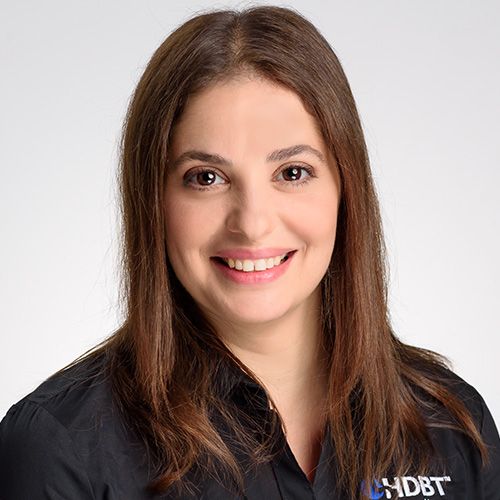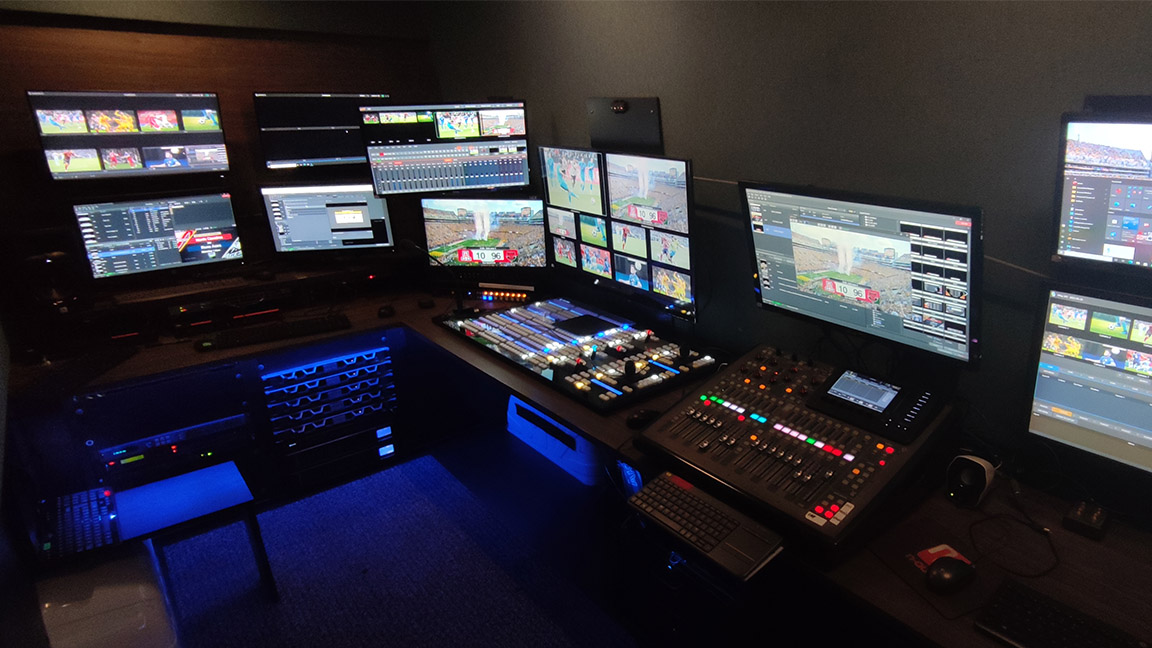Let's face it: As an industry buzzword, AV-over-IP is often used as an overarching term to cover many diverse technologies. It's no wonder that many AV customers—and the professionals that serve them—find it confusing. Before your commit to an AVoIP installation, here are some important areas to consider and clarify.
[The Integration Guide to AVoIP 2024]

First, it's important to convey that there is no “one-size-fits-all” AVoIP solution. Steven Barlow, president of DVIGear, said many people overcomplicate the physical architecture of AVoIP systems. “For the majority of systems, it’s simply a matter of choosing the appropriate size network switch and then adding an endpoint for each source and display device. Everything beyond that is done in software," he explained. “The system will deliver the most value when its capabilities are leveraged as much as possible."
Budgets and Bandwidth

Budget is always a good jumping-off point, as it can help determine the system’s capabilities and infrastructure. When choosing a system, experts advise focusing on resolution, image quality, latency, and power consumption. “Don’t be shy to compare products and make manufacturers prove the capabilities, serviceability, and image quality,” said Paul Harris, CEO and CTO with Aurora Multimedia.
There is also a correlation between needs and budgets. "Low latency and the highest quality require a lot of bandwidth,” said Joshua Rush, chief marketing officer for Audinate, which is known for its Dante AV solutions. “But if you’re streaming content to YouTube, you can choose a lower-cost, lower-bandwidth solution because of the higher compression requirements.”

Bandwidth can also impact cost, with infrastructure requirements becoming much more expensive as bandwidth needs increase. For example, if you’re looking for a 10 Gb solution, your cabling will become more complex compared to a 1 Gb solution—and what is required will become more specific. A 1 Gb solution can also allow you to use existing infrastructure more often than a 10 Gb solution. There may also be additional fees to certify cabling to guarantee it will support 10 Gb installations and beyond.
“Everything has to be perfect for the 10-gig plus solution to perform how I want it to,” offered Keith Yandell, VP of innovation with AVI Systems. “Whereas a 1-gig solution can weather some poor cable quality a little better.”
Avoiding Traffic Jams

Even the term "streaming video" can be confusing, with many equating the term to services like Hulu or Netflix or media players like Roku. Audinate feels AVoIP is a more accurate description of their offerings. “We transport high-quality content with extremely low latency within the room, like a church sanctuary or lecture hall, out to an overflow room—or bring audio and video into the computer, which then streams to remote participants,” said Rush.
The industry is also fighting against many other assumptions about the technology, such as it's more complex than point-to-point connections, as well as security fears about allowing AV devices to talk to cloud services. “Some people still wrongly equate 'network' with Wi-Fi signals dropping out and having to reboot their home routers, so they don’t have confidence that networked AV solutions are reliable,” said Rush.
Another thing to remember is the importance of a properly configured network that can handle multicast traffic, which many customers struggle with because they outsource their route switch environments. Knowing there is nuance to multicast traffic is important to ensure you don't encounter issues when launching the system. "We'll hear, it's ready, we're fine," said Yandell. "We'll deploy a solution and crash their network because they didn't set it up correctly."
“At the end of the day, you can make an AV-over-IP product easy to use, but the network switch and cable integrity are key.”
Paul Harris, Aurora Multimedia
Network typology and setup can also be challenging, and configuring the various brands requires education to know which IP devices work well together. “It is not as simple as plugging the CAT cable or fiber into the switch," said Harris. “A person needs to understand the movement of data over the uplinks, PoE requirements, VLAN, unregistered multicast, jumbo packets, QOS, and much more. At the end of the day, you can make an AV-over-IP product easy to use, but the network switch and cable integrity are key.”
Even though any new technology or approach can be scary for those with limited experience, network-based solutions are the way forward and have been considered reliable by most for quite some time now. With comprehensive training and expanded service offerings, the industry will break down some of the confusion concerning AVoIP, leading to more successful adoption by all.
AVoIP Innovators
Through Audinate's leadership in the space, there is now, more than ever before, a massive interoperable ecosystem, making it easier to find interoperable audio and video devices for every application. Based on common IT standards, Dante devices from any manufacturer can run alongside data traffic on networks comprised of conventional switches and cabling.
"Unlike proprietary methods of solving the challenges of AV-over-IP that can become outdated with evolving Ethernet standards, Dante's approach allows it to adapt to new networking technologies and bandwidth requirements," said Rush.
The industry has become very familiar with Dante’s tools, which support everything from single-room systems to large-scale deployments. This has helped with the overall adoption of AVoIP due to its ability to be proven to run at scale and operate as a good network citizen.

Known as one of the largest ecosystems in the Pro AV industry, HDBaseT provides increased options for installers and system integrators, offering secure and long-reaching AV signal distribution. It is known for easy setup, maintenance, and troubleshooting, which makes it easy for many users to navigate.
Plus, with a large install base and the fact that it is embedded within many devices like projectors, screens, and PTZ cameras as a native connectivity port like an HDMI or USB interface, it operates as plug and play. “As AV becomes so deeply entrenched in our workflows, these aspects become very important when choosing a connectivity technology,” said Effi Goldstein, president of HDBaseT.

NDI, which allows users to move high-quality, real-time video, audio, and bidirectional metadata over standard Ethernet networks without cumbersome point-to-point cabling, has become a popular choice in the AVoIP spectrum. Unlike many other AVoIP technologies, it operates entirely in software without reliance on hardware. Many AV technologies, including cameras and broadcast and software tools, support NDI I/O.
“Many of these tools are adaptable for use in cloud environments,” said Nick Mariette, director of product management at NDI. “For basic functionalities, such as screen capture, monitoring, or even NDI Bridge—which allows you to transport NDI between software or hardware tools located in separate networks, including WANs or the Internet—there is likely an NDI tool available to meet the need.”
[NDI Reigns over AVoIP Protocols]
NDI recently introduced its latest upgrade, NDI 6, which adds 10-bit color depth, marking a first for the platform. “NDI 6 marks a significant enhancement in video quality by upgrading NDI transport from 8-bit color depth to higher color depths that now support formats such as NDI High Bandwidth and HX3, which offer 10‑bit quality," Mariette added.

